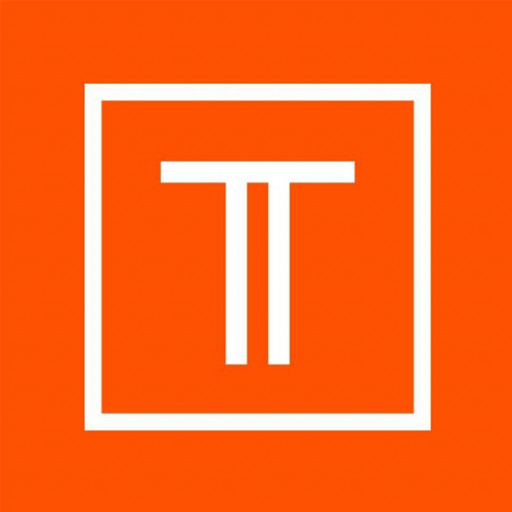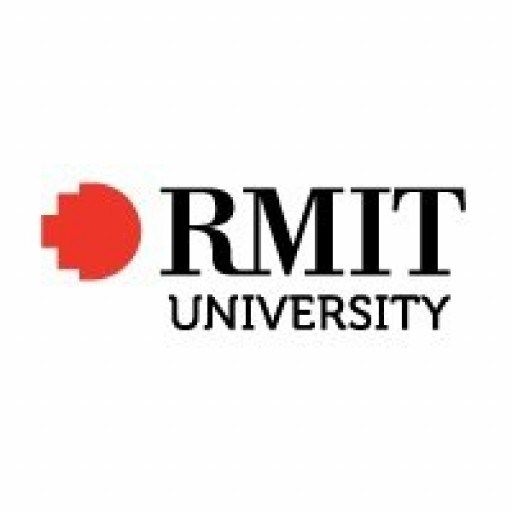Photos of university / #qutrealworld
The Bachelor of Interior Design at Queensland University of Technology (QUT) is a comprehensive program designed to develop students into innovative and skilled interior designers capable of creating functional, sustainable, and aesthetically compelling interior environments. This degree combines creative design processes with technical knowledge, equipping graduates with the necessary skills to address the complex demands of the interior design industry. Throughout the course, students explore a wide range of topics, including spatial planning, materiality, lighting, furniture design, and sustainability principles, ensuring they are well-versed in the latest industry practices and emerging trends. The program emphasizes hands-on learning through studio-based projects, real-world industry collaborations, and internships that provide valuable practical experience. Students are encouraged to develop their unique design philosophy while adhering to industry standards and ethical practices. QUT’s state-of-the-art facilities, including dedicated design studios and workshops, offer an inspiring environment for creativity and experimentation. The curriculum also integrates digital design tools, such as Building Information Modeling (BIM) and computer-aided design (CAD), preparing students to use industry-standard software confidently. Graduates of this program are prepared for diverse career opportunities within the interior design profession, including roles in residential, commercial, hospitality, healthcare, and educational sectors. They may also pursue further specialization or academic research through postgraduate studies. The Bachelor of Interior Design at QUT aims to cultivate thoughtful, innovative, and socially responsible designers capable of contributing meaningfully to the built environment and enhancing the quality of life for communities.
Your interior design course consists of 18 units in your primary major and four units that are common to all six design majors (architectural studies, fashion, industrial design, interactive and visual design, interior design or landscape architecture).
An additional eight units are taken outside your primary major. After studying for a year you can:
- choose a second major (eight units from any approved QUT degree), or
- choose two minors (a minor is a specific set of four units drawn from courses throughout QUT), or
- choose one minor and four electives.
Minors and majors allow you to tailor your studies to suit your interests and career aspirations. Minors give you breadth of knowledge from two other areas and a
second major provides depth in one area.
This means eight units of your course (one quarter of your degree) are taken from outside your primary major. You’ll work alongside students from other disciplines
because that is how it will be when you graduate and work in the real world of design. The possibilities are almost endless. Here are some examples that might inspire ideas:
- an architecture student could take a minor in interior design and a work integrated learning minor to gain professional industry experience
- a landscape architecture student could take a language minor such as Italian to help them work overseas
- an interior design student could take a second major in industrial design to aid their ambition to design and manufacture their own range of office furniture
- an industrial design student could take a second major in mechanical or electrical engineering to give them a deeper understanding of manufacturing and production
- a fashion student could take a minor in business and another in interior design to help meet their dream of launching their own concept fashion store
- an interactive and visual design student could take a second major in advertising or marketing and work as a designer for a leading digital agency.
And remember - your second major or minors could be in film, creative writing, music, visual arts, drama or other disciplines across QUT.
Mandatory courses
- Design and Sustainability
- Introducing Design
- Interior Design
- Interior Visualisation
- Introducing Design History
- Colour Studies
- Interior Technology
- Design Psychology
- Design in Society
- Furniture Studies
- Interior Design Practice Studio
Second Major options
- Animation
- Architectural Studies
- Art and Design History
- Creative and Professional Writing
- Creative and Professional Writing
- Dance Studies
- Drama
- Entertainment Industries
- Fashion Communication
- Film, Television and Screen
- Industrial Design Studies
- Interactive and Visual Design
- Interior Design Studies
- Journalism
- Landscape Architecture Studies
- Literary Studies
- Media and Communication
- Music
Minor options
- Animation
- Architectural Studies
- Art History
- Audience and User Research
- Communication for the Professions
- Creative Writing
- Dance Studies
- Design and People-Environment Interactions
- Digital Media
- Drama
- Entertainment
- Fashion Communication
- Industrial Design Studies
- Graphic Design
- Interactive and Visual Design
- Interior Design Studies
- Journalism
- Lighting
- Literature
- Landscape Architecture Studies
- Modern and Popular Literature and Culture
- Music Studies
- Performance Events and Festivals
- Scenography
- Screen Studies
- Sound Design
- Work Integrated Learning (WIL)
- 1 Year Bachelor degree or other recognised post-secondary studies with pass grades
- Maths A, B or C
- Formal identity papers, like your passport, national identity card and student visa
- Include the original copy of your IELTS or TOEFL test results.You can provide your IELTS Test Report form number, and international admissions can verify your results online.If you complete the TOEFL test, you can have your results sent directly to QUT. Our institution code is 9778.
- Vice-Chancellor's Scholarship (Academic)
- Creative Industries International Scholarship
- Equity scholarships scheme
The Bachelor of Design (Interior Design) at Queensland University of Technology (QUT) is a comprehensive undergraduate program that prepares students for careers in the dynamic and innovative field of interior design. The program emphasizes creative problem-solving, technical skills, and a thorough understanding of spatial concepts, environmental sustainability, and the social and cultural contexts of interior spaces. Students engage with a diverse curriculum that combines theoretical knowledge with practical application, including studio-based learning, industry projects, and internships. The coursework covers foundational design principles, materiality, lighting design, digital modeling, and building codes, ensuring graduates are well-equipped to work on a variety of projects ranging from residential to commercial, hospitality, and public spaces. The program also fosters skills in collaboration, communication, and critical thinking to prepare students for the evolving industry demands. Partnership opportunities with industry professionals and community projects provide real-world experience and networking opportunities, which are critical for career development. QUT’s facilities include state-of-the-art design studios, workshops, and computer labs equipped with the latest design software. Graduates of the program are prepared for employment in interior design firms, architecture practices, retail, and design consultancies or to pursue further studies. The program is accredited by relevant industry bodies, ensuring that students meet professional standards upon graduation. Overall, the Bachelor of Design (Interior Design) at QUT offers a balance of creative expertise, technical knowledge, and professional skills aimed at fostering innovative design solutions and contributing positively to the built environment.




